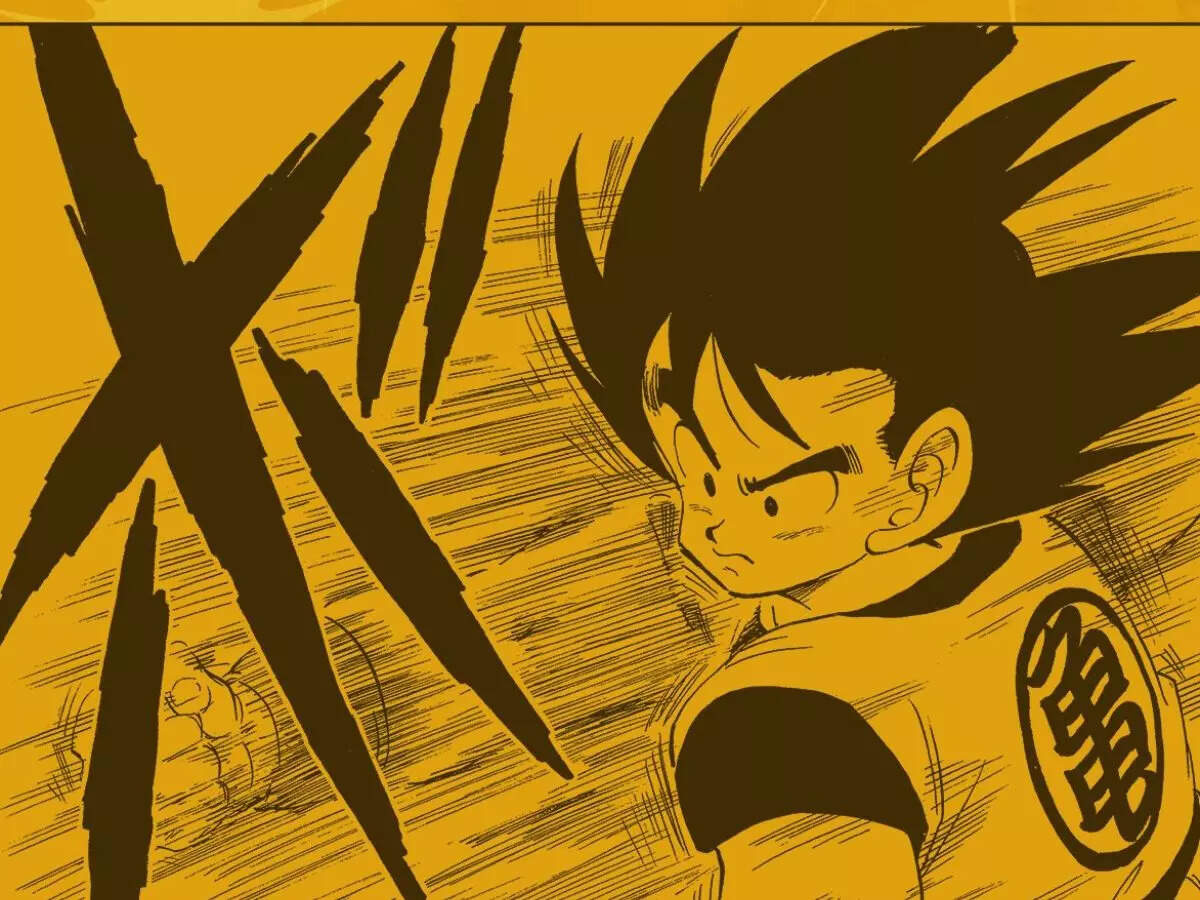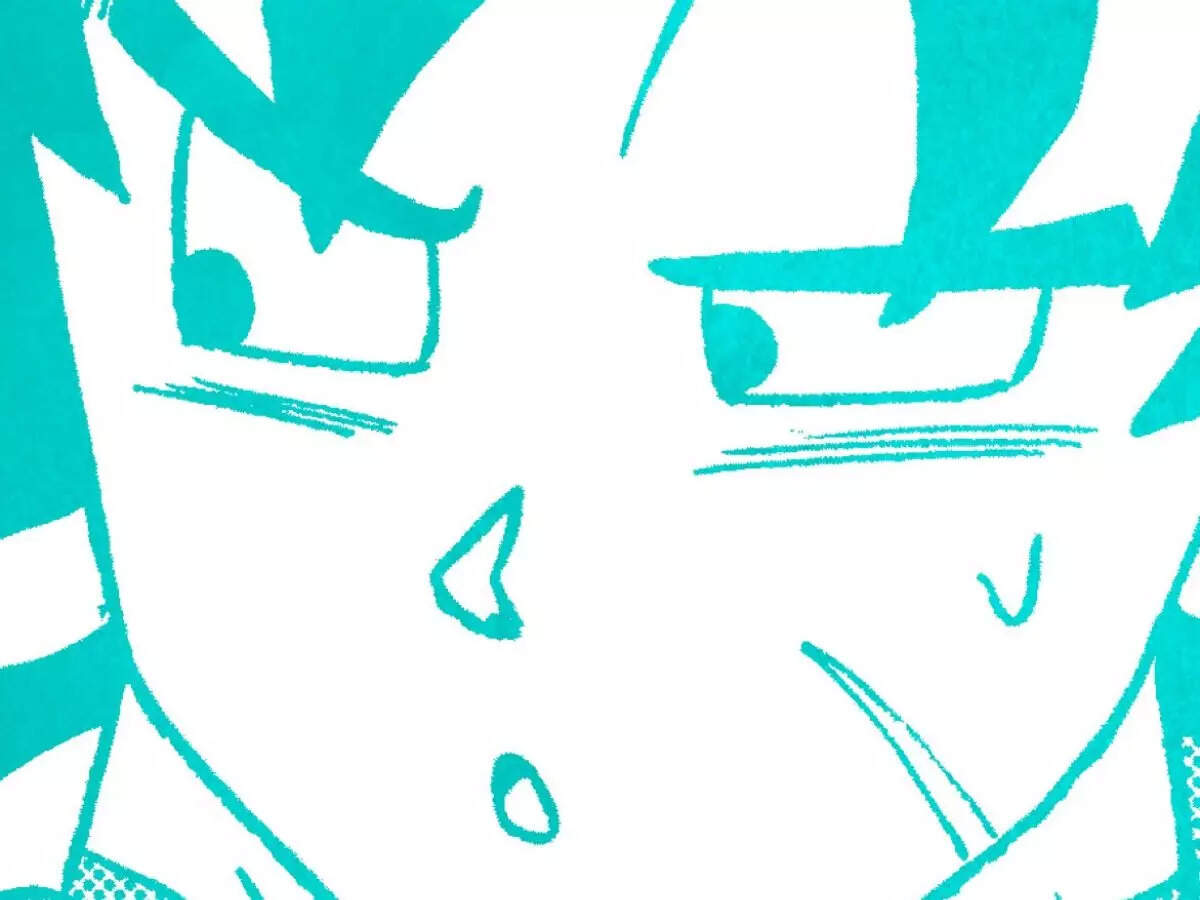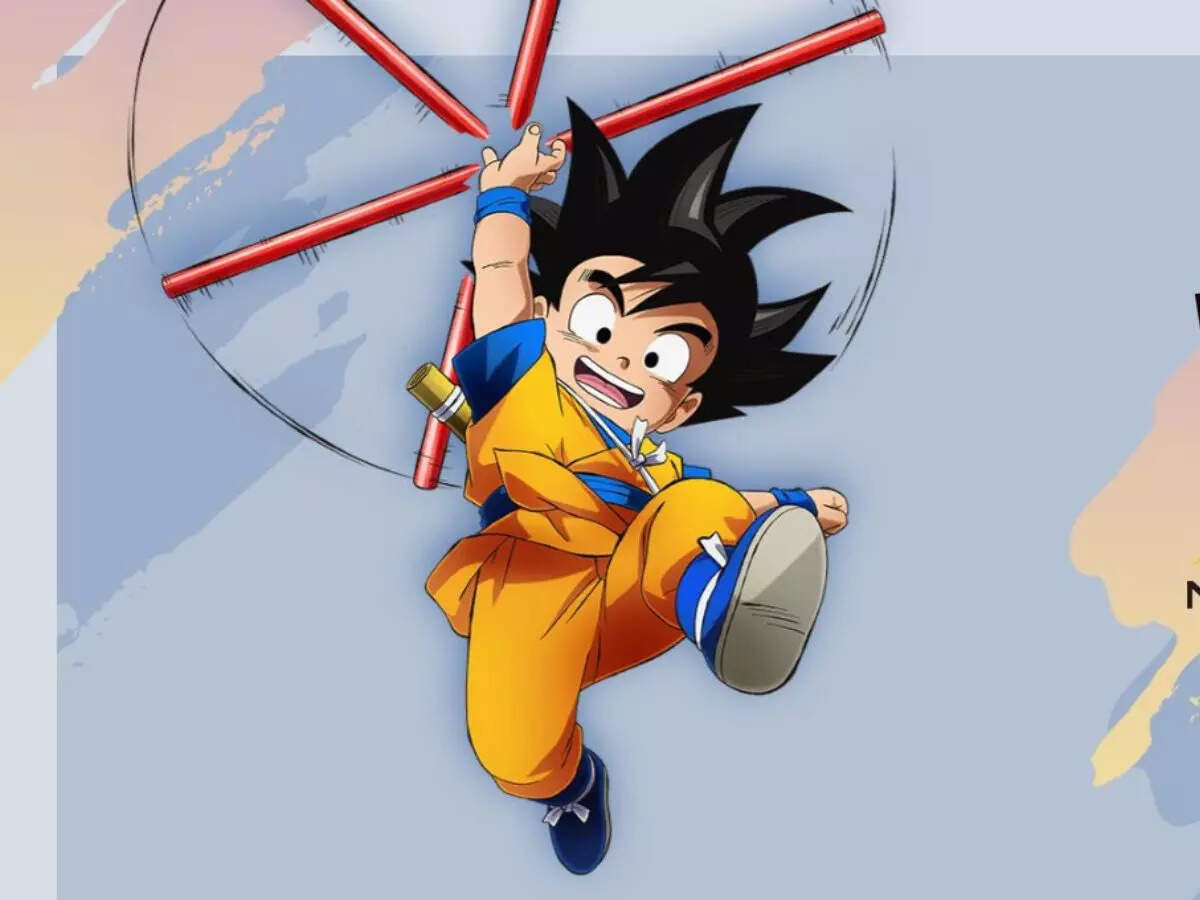20-year-old Dragon Ball Art Reveals Goku With One Of The Franchise’s Most Elusive Figures

A rarely-seen piece of Dragon Ball artwork by the late Akira Toriyama has just resurfaced, delighting long-time fans of the franchise. The illustration takes us back to the heart of the ‘Fortuneteller Baba Saga’, showing Fortuneteller Baba alongside a young Goku dressed in ninja attire, with the mighty Shenron in the background. This nostalgic artwork, which originally graced the cover of Dragon Ball Volume 8, is a charming reminder of the early days of the iconic series.
Revisiting a Forgotten Saga
In the vast universe of Dragon Ball, the Fortuneteller Baba Saga is often overshadowed by its more famous arcs. But it plays a crucial role in Goku’s journey. Set immediately after Goku’s victory over the Red Ribbon Army, this saga sees Goku and his friends embarking on a quest to locate the final Dragon Ball and bring back Upa’s father, Bora, who was tragically killed by Mercenary Tao. Despite the Dragon Radar failing to pinpoint the elusive ball, Goku and his team’s adventure leads them to Fortuneteller Baba, Master Roshi’s enigmatic sister, who has the power to guide them—if they can defeat her five fighters in battle.
 Image Courtesy: Dragon Ball- Official X (formerly Twitter) Account
Image Courtesy: Dragon Ball- Official X (formerly Twitter) Account Interestingly, Baba’s warriors are inspired by famous Hollywood monsters, adding a whimsical touch to this arc. Goku’s determination and strength shine through as he overcomes these fighters and faces Baba’s final, shocking opponent, leading to one of the saga’s most memorable moments. Ultimately, Goku’s victory allows him to locate the last Dragon Ball, which is hidden by Emperor Pilaf and his bumbling crew, who once again attempt to thwart Goku’s plans in typical fashion. However, the comedic mishaps of Pilaf’s gang only serve to provide more laughs, culminating in a triumphant and heartwarming moment when Goku uses the Dragon Balls to revive Bora, bringing a heartfelt conclusion to this chapter.
The Role of Upa and Bora in Dragon Ball’s Legacy
Though Upa and his father, Bora, appeared infrequently after the events of the Fortuneteller Baba Saga, their presence is significant. Upa would later reappear during the epic finale of Dragon Ball Z when Goku gathered energy from Earth’s inhabitants to defeat Kid Buu. Their return in Dragon Ball GT, though considered non-canon by some, also brought back a sense of continuity from the original series.
 Image Courtesy: Dragon Ball- Official X (formerly Twitter) Account
Image Courtesy: Dragon Ball- Official X (formerly Twitter) Account The emotional impact of Upa and Bora’s reunion in the Fortuneteller Baba Saga highlights one of the series' recurring themes—family. The saga not only advances Goku’s story but also creates a space for heartfelt moments that resonate with fans, old and new.
Akira Toriyama’s Legacy: The Nostalgic Artwork
The newly shared illustration by Toriyama, unveiled on the official Dragon Ball English website, captures the essence of this early Dragon Ball saga. It features Goku as a young, innocent boy dressed in ninja clothes, with Fortuneteller Baba by his side. The Eternal Dragon, Shenron, looms in the background, symbolic of the saga’s quest to revive a lost life. The artwork is a reminder of Toriyama’s unique style and the charm that made Dragon Ball an iconic part of anime history.
 Image Courtesy: Dragon Ball- Official X (formerly Twitter) Account
Image Courtesy: Dragon Ball- Official X (formerly Twitter) Account This piece of art was created in 2003, during Toriyama’s work on the Dragon Ball manga, a time when the series was transitioning from the original manga into the massive worldwide phenomenon it is today. The illustration itself acts as a window into the past, evoking nostalgia for long-time fans of the series. The depiction of Baba and Goku’s adventurous spirit is perfectly captured, showing how the series still holds its place in the hearts of fans, even decades later.
Dragon Ball Daima and the Return to the Roots
In the wake of Dragon Ball Daima, the latest series that continues to expand on the Dragon Ball universe, this nostalgic artwork feels like a nod to the series' roots. Dragon Ball Daima returns Goku to his youthful form, reflecting the early days of the manga. The series also highlights the fantastical elements that made the original anime so beloved, as Goku embarks on a new adventure in the mysterious Demon Realm. As Dragon Ball Daima airs weekly episodes, it serves as a celebration of the franchise’s rich history and the continued legacy of Akira Toriyama’s work.
As the 40th anniversary of Dragon Ball approaches, the return of such rare artwork from Toriyama feels like a tribute to the enduring appeal of the series. Goku’s youthful naivety, combined with the quirky and charming characters from the early sagas, reminds us of the heart of Dragon Ball—an anime that has remained relevant and beloved through generations.
Dragon Ball’s Enduring Popularity
From the nostalgic reveals of classic artwork to the exciting new developments in Dragon Ball Daima, it’s clear that Dragon Ball continues to captivate audiences around the world. As the series celebrates 40 years, its legacy remains stronger than ever, with each new instalment and every rediscovered treasure—like Toriyama’s 2003 illustration—reaffirming its status as one of anime’s most influential franchises.